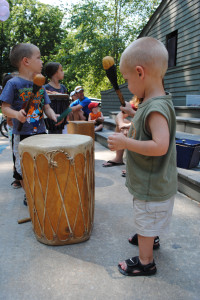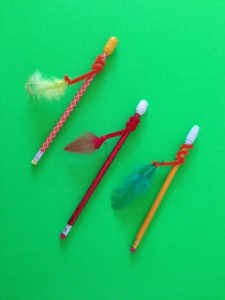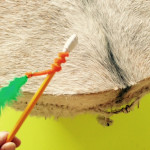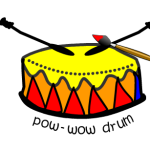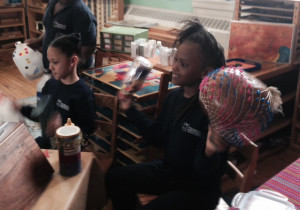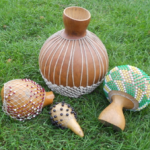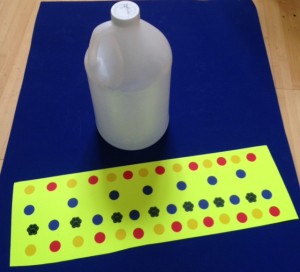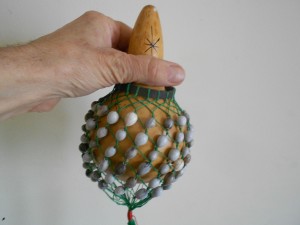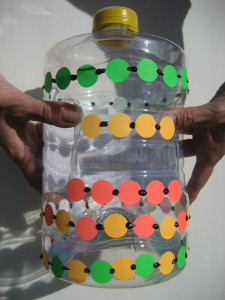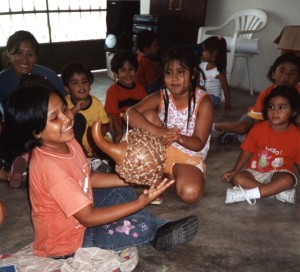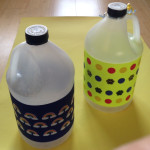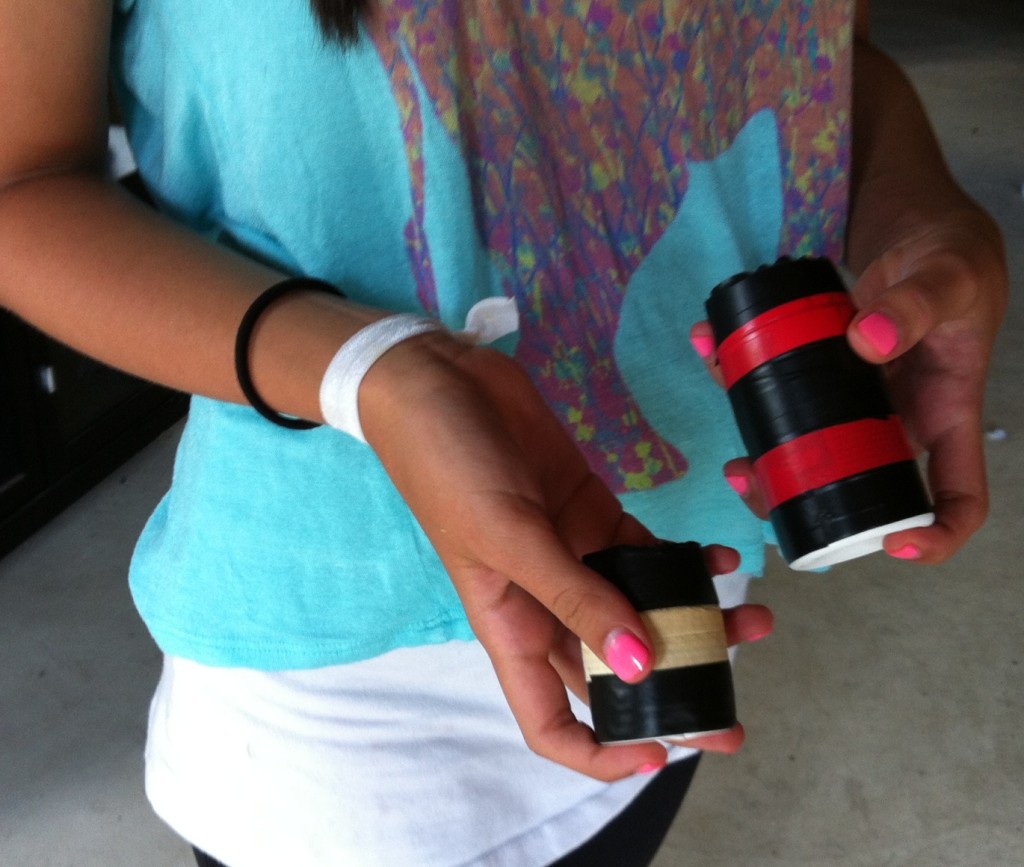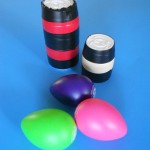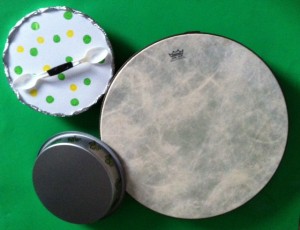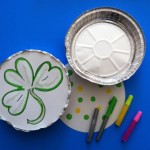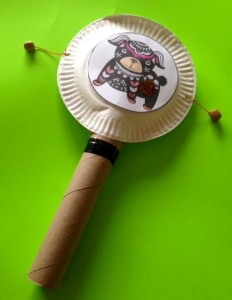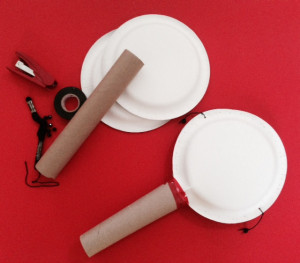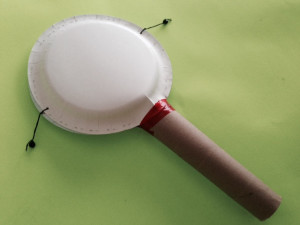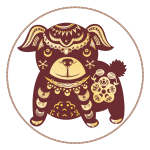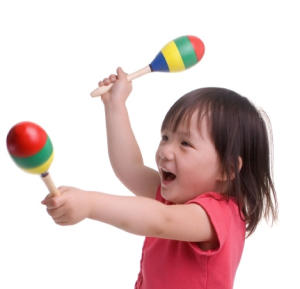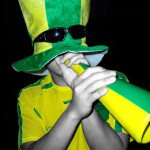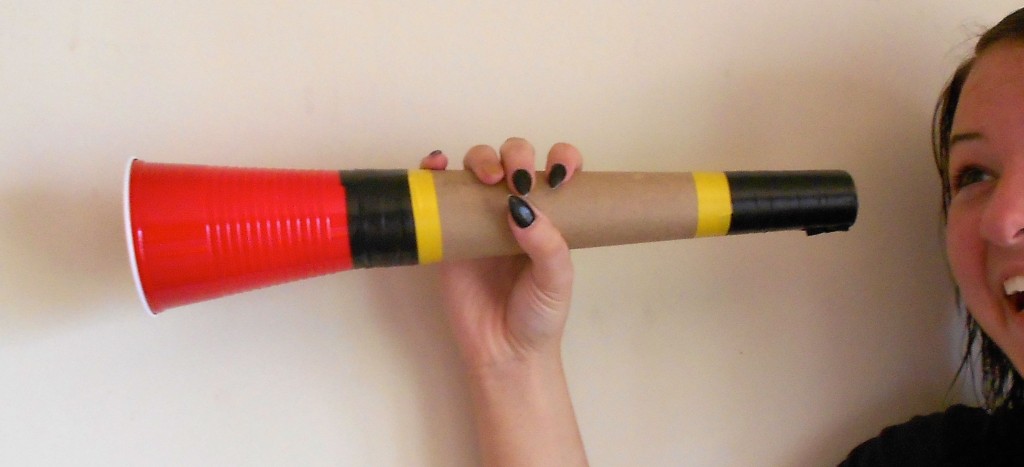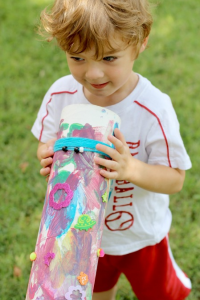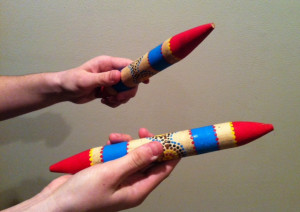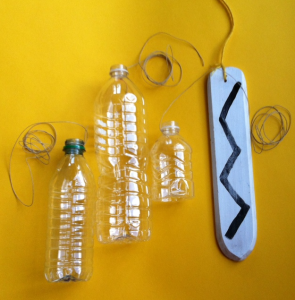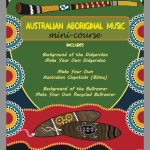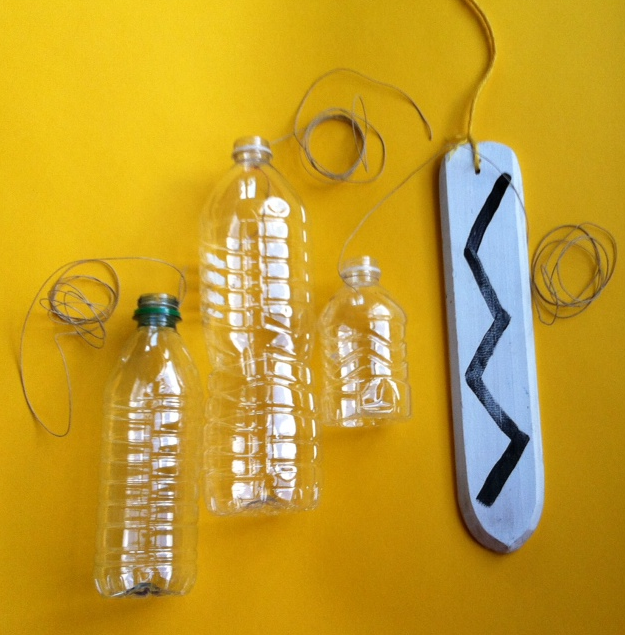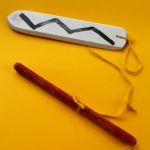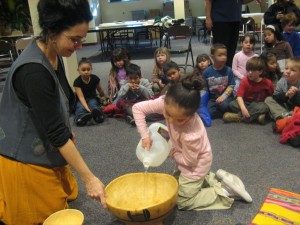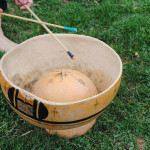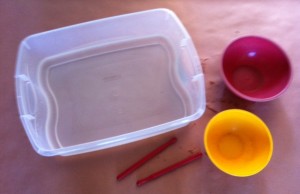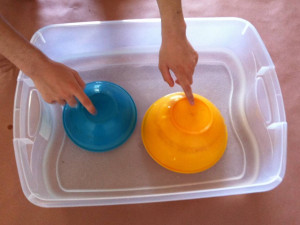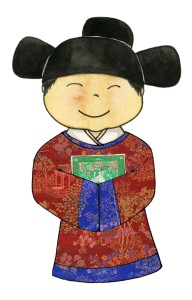 Have you heard? February 8th marked the beginning of the Chinese Lunar New Year and it’s the year of the Fire Monkey.
Have you heard? February 8th marked the beginning of the Chinese Lunar New Year and it’s the year of the Fire Monkey.
If you’re unfamiliar with Chinese New Year, here is our compilation post that shares some wonderful ways to learn more and celebrate right in your home or classroom. The first group of posts are music and music-related, but we just could not resist adding ones about food, fun and other festivities!
And stay tuned for our next post that teaches you a very familiar and easy-to-learn Chinese New Year song!
Music Crafts For Chinese New Year
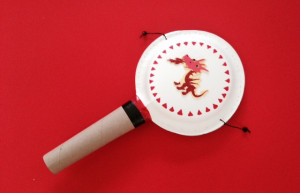 Make a Bolang Gu – Monkey Drum https://www.teacherspayteachers.com/Product/Monkey-Drum-Chinese-New-Year-Drum-Craft-1748044
Make a Bolang Gu – Monkey Drum https://www.teacherspayteachers.com/Product/Monkey-Drum-Chinese-New-Year-Drum-Craft-1748044
Make Your Own Chinese Gong https://www.teacherspayteachers.com/Product/Make-Your-Own-Chinese-Gong-From-Recycled-Materials-486935
Explore and Make Tibetan Handbells https://www.teacherspayteachers.com/Product/Explore-Tibetan-Handbells-Plus-a-Make-Your-Own-Handbell-Craft-560016
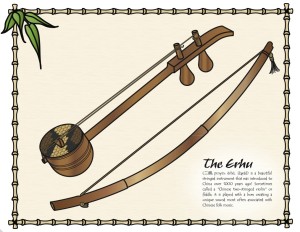 Color an Erhu – A Two-Stringed Chinese Violin https://www.teacherspayteachers.com/Product/The-Erhu-Chinese-Violin-Instruments-From-Around-The-World-1037355
Color an Erhu – A Two-Stringed Chinese Violin https://www.teacherspayteachers.com/Product/The-Erhu-Chinese-Violin-Instruments-From-Around-The-World-1037355
About Chinese New Year
“Gong Xi! Gong Xi!” – The Excitement of Chinese New Year https://makingmulticulturalmusic.wordpress.com/2014/01/02/gong-xi-gong-xi-the-excitement-of-chinese-new-year/
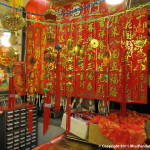 What To Expect In The Year of The Monkey http://multiculturalkidblogs.com/2016/01/18/year-of-the-monkey-chinese-new-year/
What To Expect In The Year of The Monkey http://multiculturalkidblogs.com/2016/01/18/year-of-the-monkey-chinese-new-year/
Chinese New Year Astrology Chart – Find Your Birth Year Here! https://www.teacherspayteachers.com/Product/Chinese-Astrology-Chart-What-Lunar-Year-Is-It-2377484b
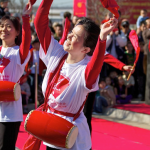 Chinese New Year – Crafts And Creativity!
Chinese New Year – Crafts And Creativity!
Chinese Dumplings For New Year http://kidworldcitizen.org/2016/02/08/8935/
Lucky Money Envelops http://www.activityvillage.co.uk/lucky-money-envelopes
Chinese Paper Lantern Craft – https://www.pinterest.com/pin/462956036675678391/
How To Make Paper Fortune Cookies http://unsophisticook.com/how-to-make-paper-fortune-cookies/
Recipes To Celebrate Chinese New Year http://intheplayroom.co.uk/2015/01/26/chinese-recipes-celebrate-chinese-new-year/
Picture Books Celebrating Chinese New Year http://youthlitreviews.com/2014/01/13/chinese-new-year-books-for-kids/

